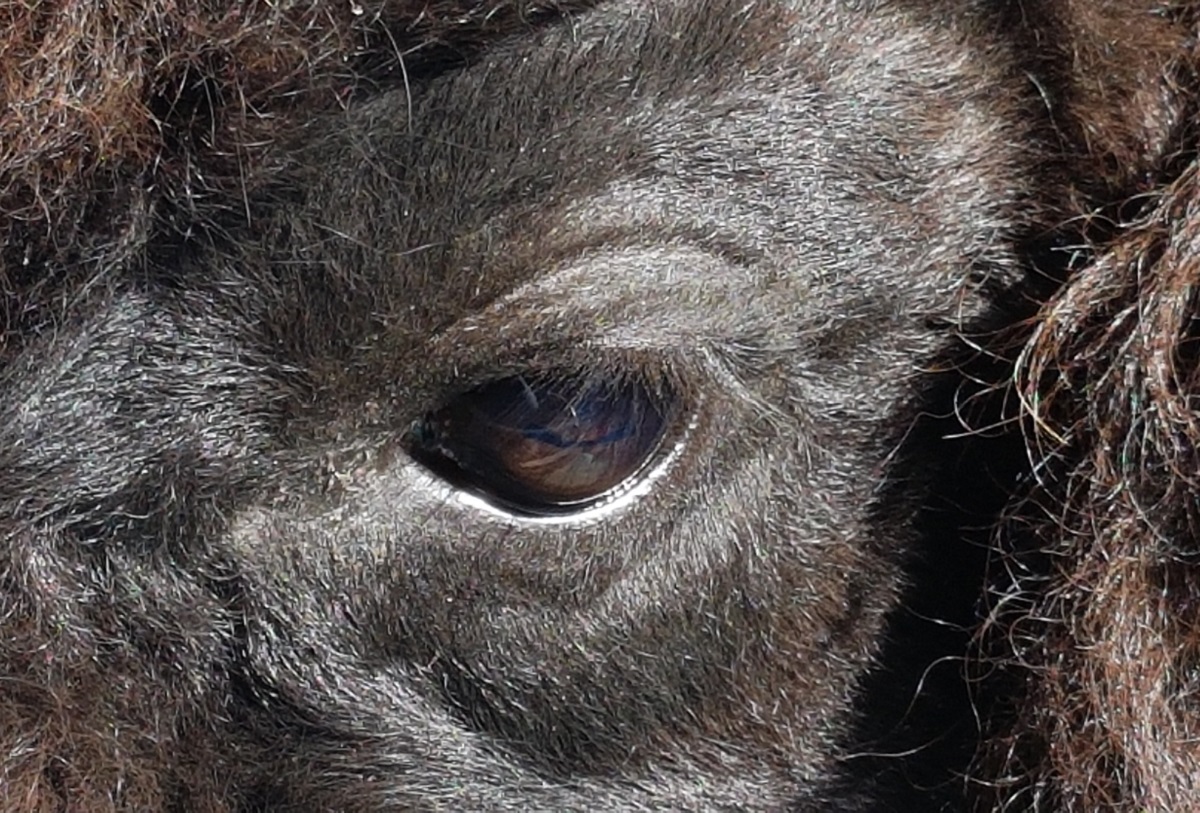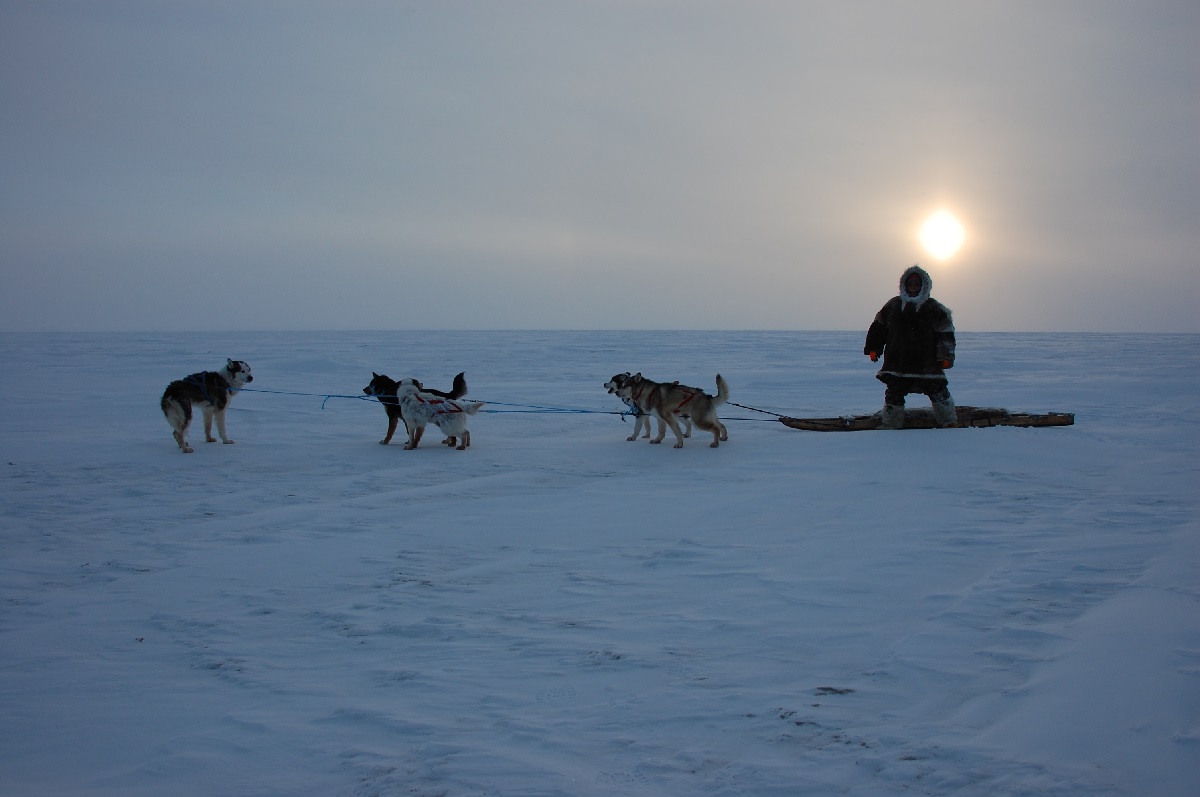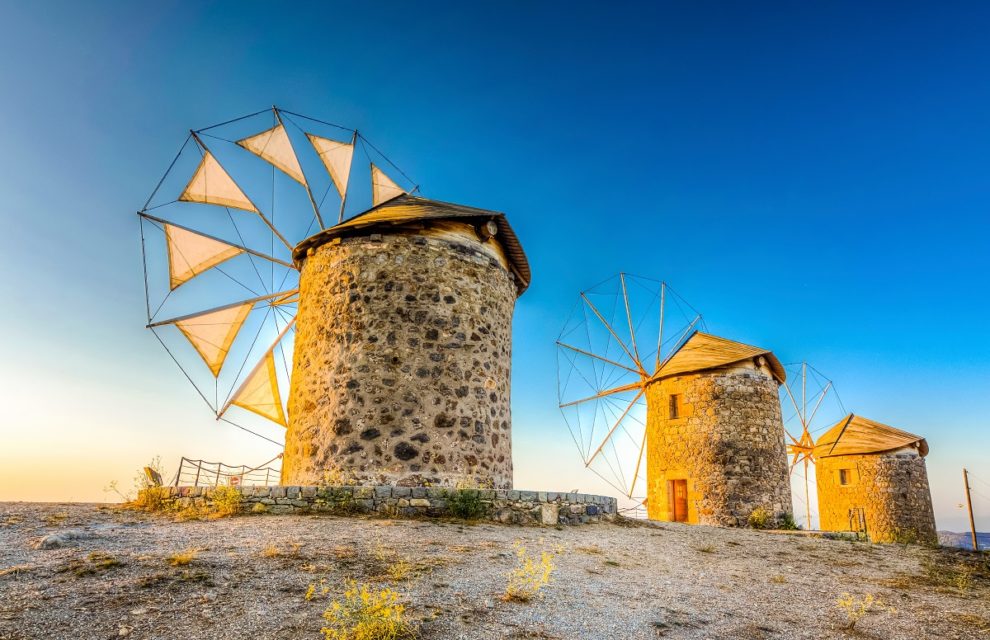In re-reading Jean Delumeau, I am drawn inevitably to the Bible, where some apocalyptic passages foretell the ultimate destruction of the world, and the salvation of a small number of the Elect.
From my study of the apocalyptic genre, I see it in several different ways:
- As a literal statement of what is yet to come;
- As disguised commentary on one’s own times, using particularly hermetic symbolism to get around state censorship;
- As a dramatized projection of anxieties and the fear of death;
- As a mythical framework setting a beginning and ending which serve as limits to time;
- As a search for meaning in the moving incoherent jumble of events;
- As a longing for future release from present suffering;
- As a final resolution of the world’s problems;
- As a mythical reversal of the injustices of today’s world, by conjuring up a vision of the justice-to-come, which will comfort the Elect;
- As a justification for bludgeoning all those who do not fit the inspired description of the Elect;
- As several of the above simultaneously.
It is not enough just to use words. The apocalyptic genre uses emotionally-charged symbols. In a cave on the Greek island of Patmos, St. John has a fiery vision of fire and brimstone, which he dictates to his disciple Prochoros. In the vision are two horrifying beasts:
Revelation 13
“And I saw a beast rising out of the sea, with ten horns and seven heads, with ten diadems upon its horns and a blasphemous name upon its heads. 2 And the beast that I saw was like a leopard, its feet were like a bear’s, and its mouth was like a lion’s mouth. And to it the dragon gave his power and his throne and great authority…. 11 Then I saw another beast which rose out of the earth; it had two horns like a lamb and it spoke like a dragon. 12 It exercises all the authority of the first beast in its presence, and makes the earth and its inhabitants worship the first beast, whose mortal wound was healed. 13 It works great signs, even making fire come down from heaven to earth in the sight of men; 14 and by the signs which it is allowed to work in the presence of the beast, it deceives those who dwell on earth, bidding them make an image for the beast which was wounded by the sword and yet lived; 15 and it was allowed to give breath to the image of the beast so that the image of the beast should even speak, and to cause those who would not worship the image of the beast to be slain….”

I wonder how wild beasts have come to embody so much that humans fear, from the apocalyptic genre to folk tales and horror movies. Are they shadowy creatures, lurking at the edge of civilized life? Are they monsters with thoughts, emotions and ethics of their own, which humans are unable to fathom? Do they wolf down humans because they are opportunistic, or is there some other reason? Are wild beasts still rooted in the impulses of Nature, whereas humans are not? Do uncontrollable wild beasts symbolize the collapse of public order?
Surely, Mr. Hyde is the unruly beast lurking within the respectable Dr. Jekyll. So we have something of that duality within us. City people often draw a distinction between wild beasts and domesticated animals. But from what I have seen, huskies, a domesticated species, are still half-wild. And so are humans! Civilization may, after all, turn out to be a convenient fiction.


